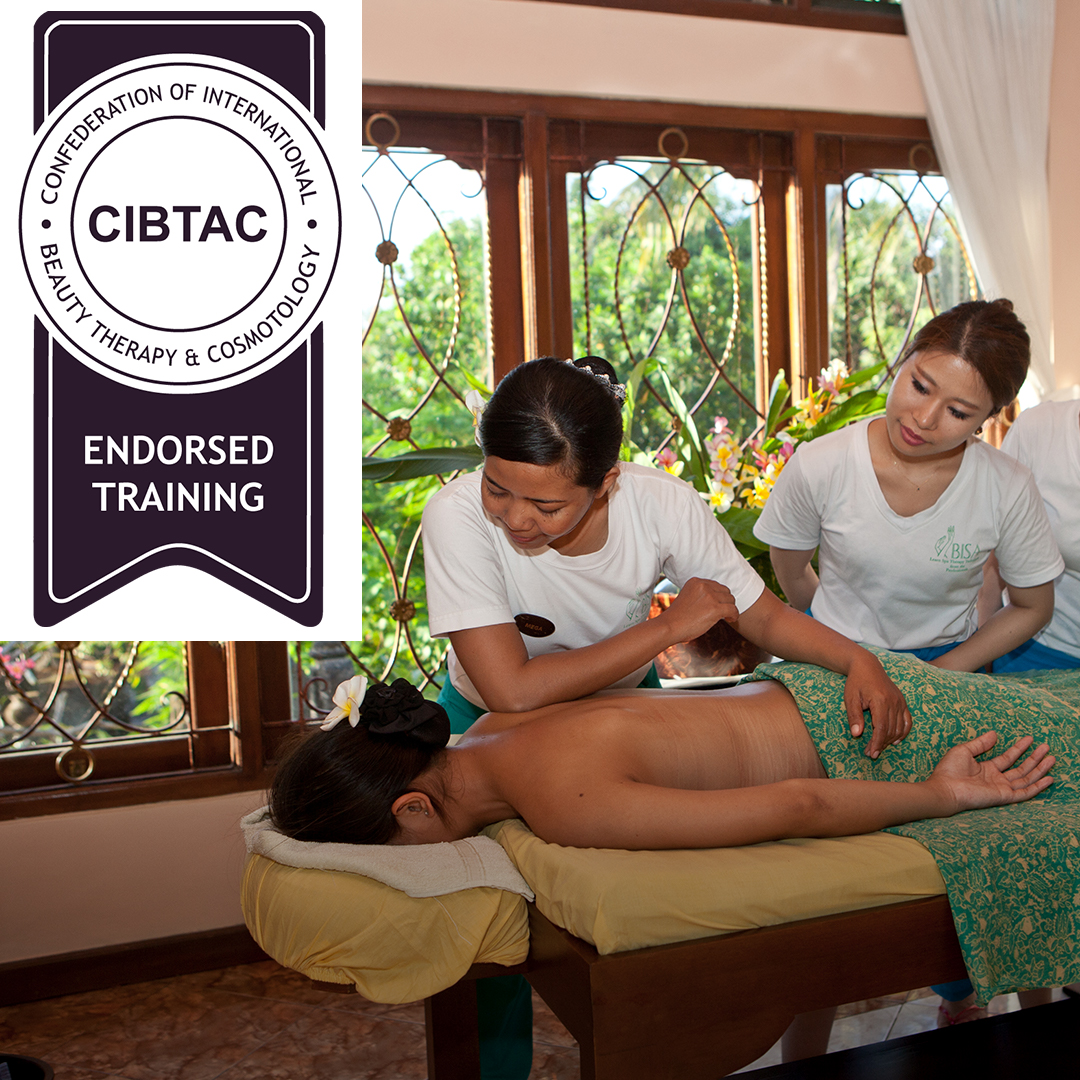15 Days CIBTAC Certificate in Body (Swedish) Massage + CIBTAC Endorsed Lomi Lomi Massage
In just 15 days, you’ll gain two professional massage qualifications: the CIBTAC Certificate in Body (Swedish) Massage and the CIBTAC Endorsed Certificate in Lomi Lomi Massage. This program blends structured Western techniques with the healing energy of Hawaiian traditions, setting you up for a successful global career in spa and wellness.
By completing this course, you will receive:
- CIBTAC Level 3 Certificate in Body (Swedish) Massage
- CIBTAC-Endorsed Certificate in Lomi Lomi Massage
Whether you’re starting a new career or enhancing your existing skills, this hands-on program equips you with the tools, knowledge, and confidence to work in spas, wellness centres, or launch your own practice.
Price: $2680.00
Upgrade to receive a CIBTAC qualification
The Next CIBTAC exam is in October 2025, Registration for these exam will be open from April to June 2025. Course start in September 2025 |
Saturday and Sunday time to enjoy all the splendours Bali has to offer
“The Island of the Gods”
What’s Included
- Comprehensive Training Manual
- Anatomy & Physiology E-Learning Access
- High-Quality Training Videos (Swedish & Lomi Lomi)
- All Necessary Products, Tools & Equipment
- Real Clients for Practical Sessions
- Theory & Practical Exams
- CIBTAC Endorsed Certificate in Lomi Lomi Massage
- CIBTAC Level 3 Certificate in Body Massage
Who Can Join?
Perfect for beginners or those new to wellness, this course requires no previous experience. It’s ideal for:
- Career changers entering the massage or spa industry
- Holistic wellness seekers
- Anyone looking for internationally accredited certification
Contact us for more information

